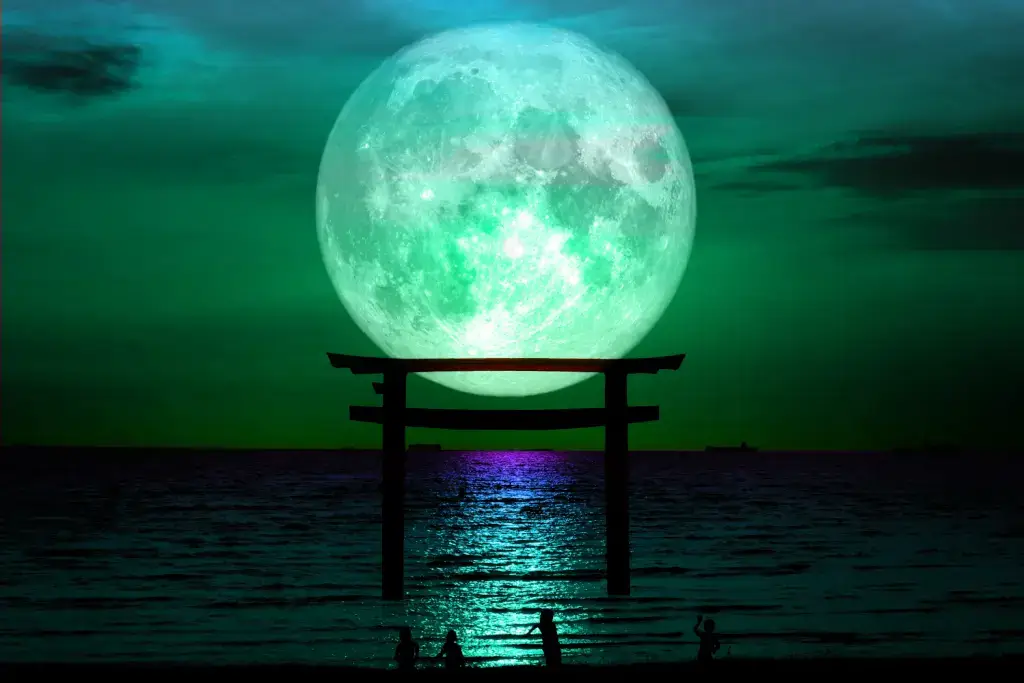Otsukimi, also known as the Moon Viewing Festival, occurs in the lunar calendar on the 15th day of the eighth month. It is a traditional celebration where people honor and admire the moon and Japan’s moon gods. It has become a formal festival with many unique customs linked to sacred locations such as shrines and temples. Join us as we explore some of the most popular moon shrines in Japan!
Table of Contents
ToggleTsukiyomi Shrine (Kyoto Prefecture)
Tsukiyomi Shrine, situated in Nishikyo Ward, is a captivating Shinto shrine dedicated to moon gods. The shrine is part of the Matsuo Seven Shrines and is particularly famous for its connection to Tsukuyomi no Mikoto (Japan’s moon god). The deity is one of the most important gods in Japanese mythology, often associated with the night, timekeeping, and the cycles of nature.
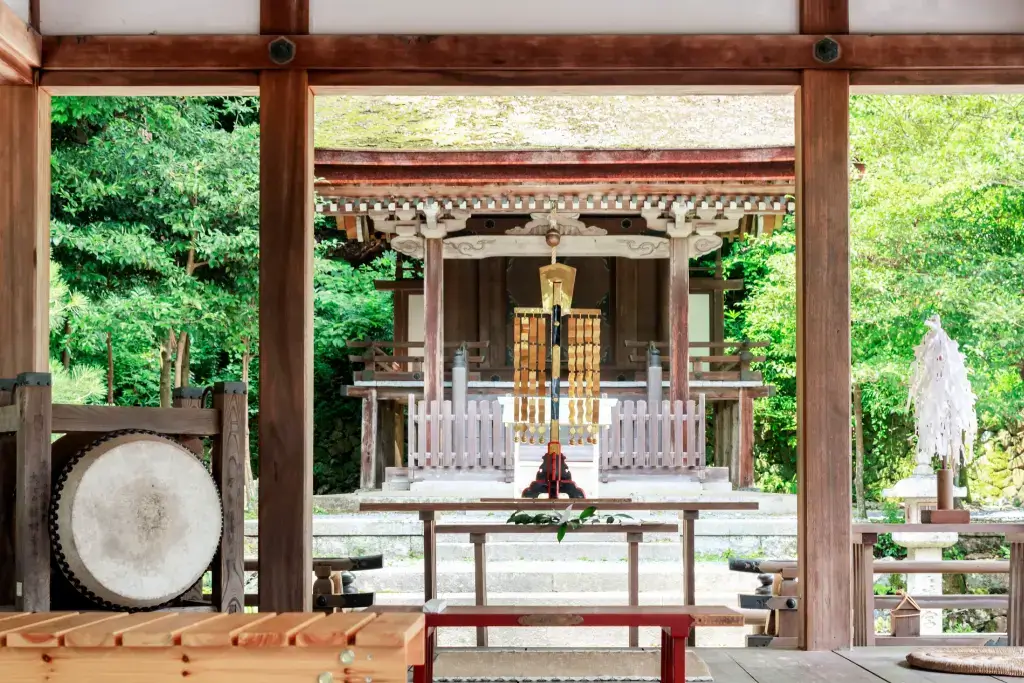
The shrine has a rich history that defines it as a cherished place for worship and exploration. Its story began in the third year of Emperor Kenzo’s reign. A messenger named Ahenomikotoshiro received a message from the moon god telling them to build the shrine. It was first built in Utaarasuda but moved to its current spot in 856 to avoid floods.
This place has lush greenery and boasts a peaceful atmosphere. The annual festival on October 3rd is a significant highlight. It features traditional Iki Kagura performances, including ancient Shinto music and dance dedicated to the gods. Another attraction is the Tsukiyoseki stone, believed to ensure safe childbirth, making it a popular destination for expectant mothers. Visitors can also find shops selling charms and artifacts related to the moon gods and safe childbirth.
Meigetsuin (Kanagawa Prefecture)
Meigetsuin Temple is a charming and historical location in scenic Kamakura. Established in 1160, it is also the “Hydrangea Temple” because of its stunning blue hydrangeas that bloom every June. Thus, Meigetsuin is a delightful destination to explore, especially during the rainy season when the flowers bloom.
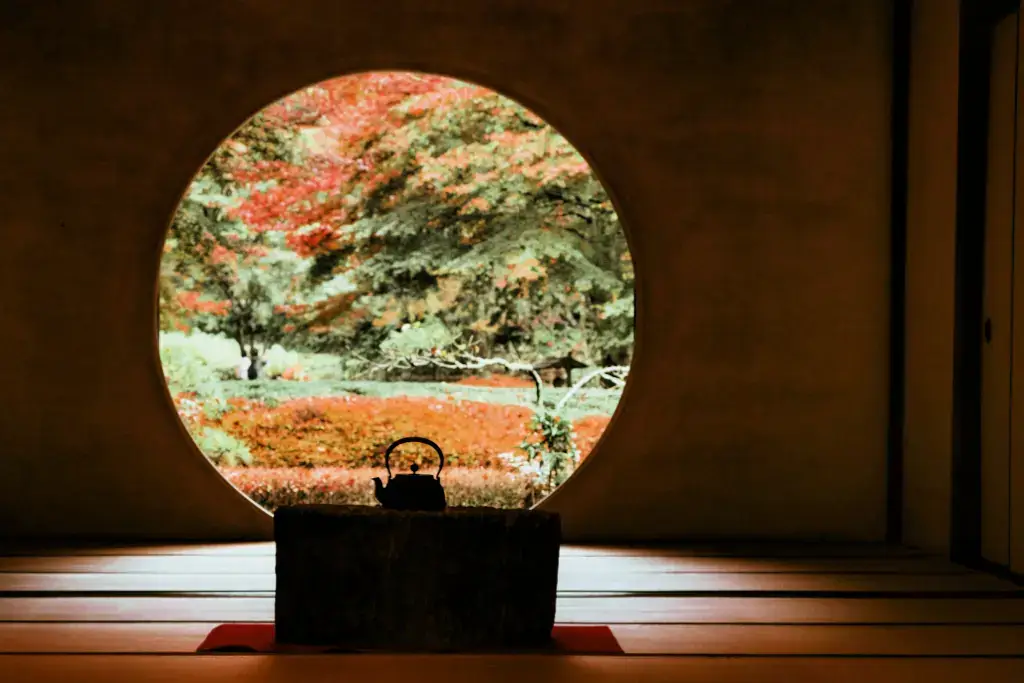
The temple has a fascinating history. A man built it to honor his father, who died in the battles between the Taira and Minamoto clans during the late Heian Period (794 – 1185). Eventually, it became part of a bigger temple group called Zenkoji, but only Meigetsuin remains today after the Meiji Restoration in 1868. The temple’s main building has a special round window that looks out over the colorful garden.
The area also features various attractions, including the founder’s hall and a cave tomb. One charming feature is the connection to the moon, as Meigetsu means “bright moon”. You’ll find cute rabbit decorations linked to Japanese folklore about a rabbit making rice cakes on the moon. Also, don’t miss the real rabbits in their cozy enclosure!
Are you looking for fantastic snacks to enjoy for the mid-autumn festival? Check out Sakuraco! Sakuraco delivers traditional Japanese snacks, teas, and sweets from local Japanese makers directly to your door so you can enjoy the latest treats directly from Japan!
Gassan Shrine (Yamagata Prefecture)
The Shinto shrine is nestled on the top of Mount Gassan, also known as the “Moon Mountain.” This mountain is the highest of the Three Mountains of Dewa. Gassan Shrine was founded in 593 and is well-known for its connection to the Shinto moon god in Japan.
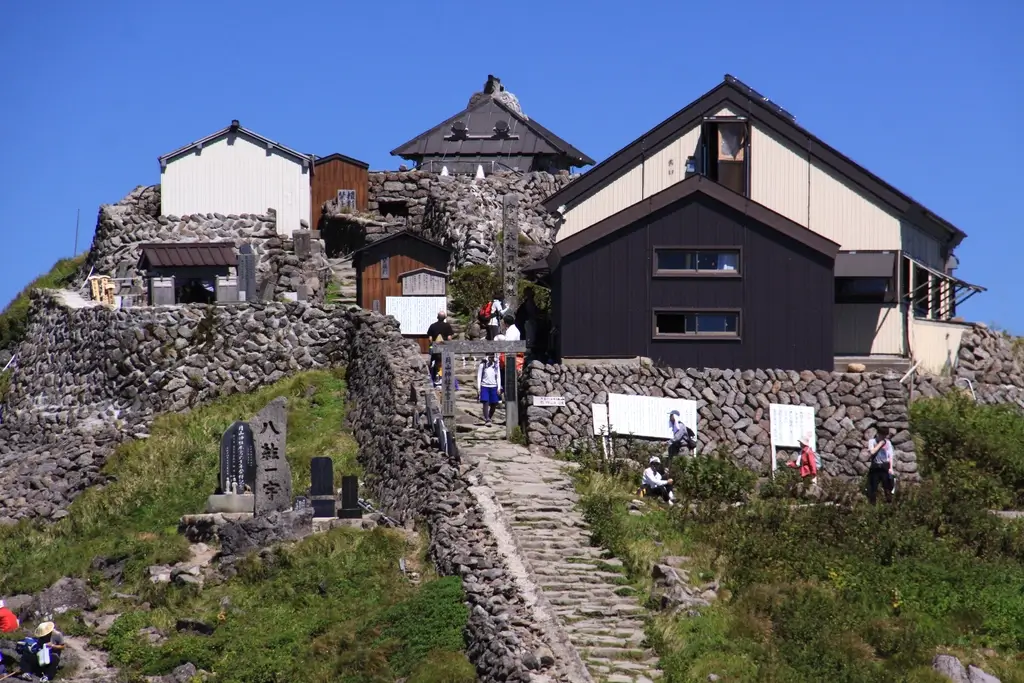
Mount Gassan is known for its natural beauty and distinctive plants. The shrine sits at the top of this majestic mountain, making it a popular spot for hikers and visitors. The mountain is covered in heavy snow for much of the year, so visiting from late spring to early fall is best. Hiking up can be challenging, but there are rest houses and a restaurant where you can take a break before returning.
One of the most exciting events here is its annual Mt. Gassan Main Shrine Hongu-sai Festival on August 14th. People gather to celebrate and enjoy the lovely lunar night during this event. Furthermore, visitors can participate in a special ritual at the shrine, where they can quickly clean themselves before praying.
Tsuki Shrine (Saitama Prefecture)
Tsuki Shrine was built by Emperor Sojin around 771 years ago. It’s famous for its unique tie to rabbits. This spot features cute stone rabbits believed to be the shrine’s messengers. The rabbits are associated with the moon and are featured prominently here. Visitors can see many stone rabbits around the shrine, each adding to the fun atmosphere. You can also spot rabbit-shaped structures, like a cute water closet.
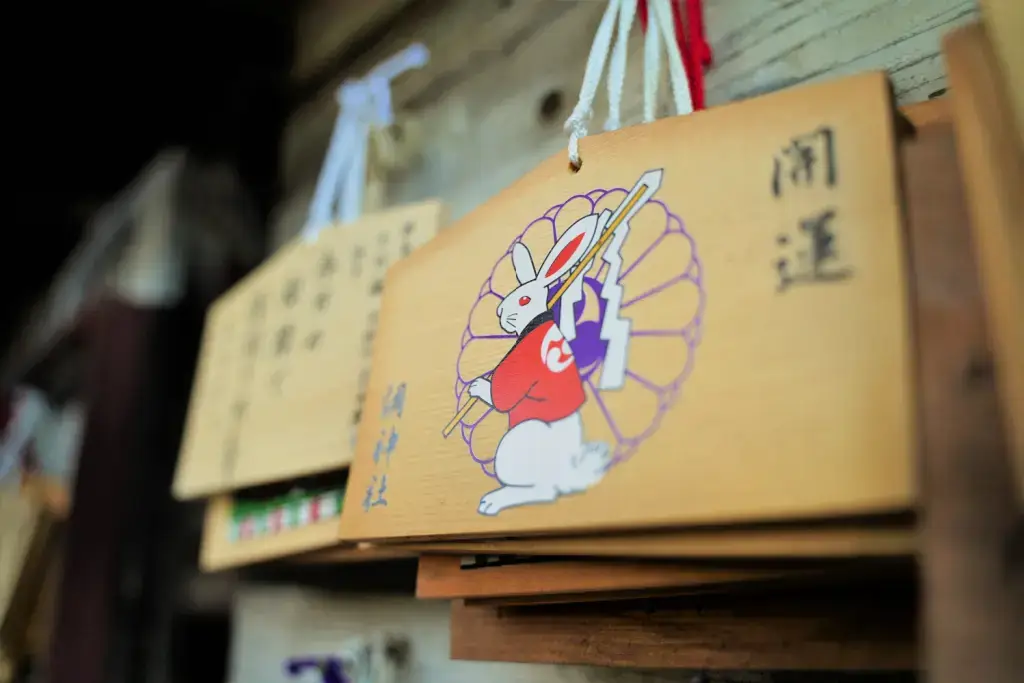
Moreover, you’ll quickly find an exciting thing about this site: it doesn’t have a torii gate, usually found at most Japanese shrines’ entrances. It is said that the gate was removed in the past to make it easier to transport offerings. Besides, it also doesn’t have pine trees, which is unusual because they are commonly found elsewhere. This might be because of a legend about waiting for someone as matsu, the word for pine tree, also means “to wait”.
Why should I visit these moon shrines in Japan?
If you’re curious about the moon in Japan and its influence on Japanese culture, visiting these moon shrines could be a wonderful experience! Each one uniquely associates with the moon and its deities, from the charming stone rabbits at Tsuki Shrine to the fantastic views at Gassan Shrine. It could also be an excellent chance to appreciate the unique festivals and rituals and admire the moon-themed decorations. Which site is your favorite? Let me know in the comments below!

